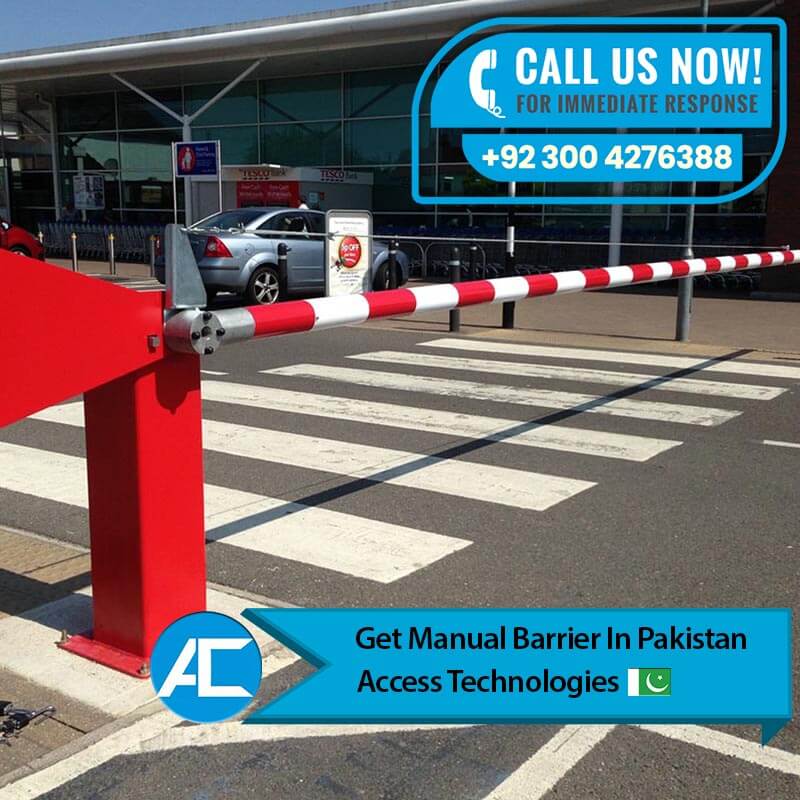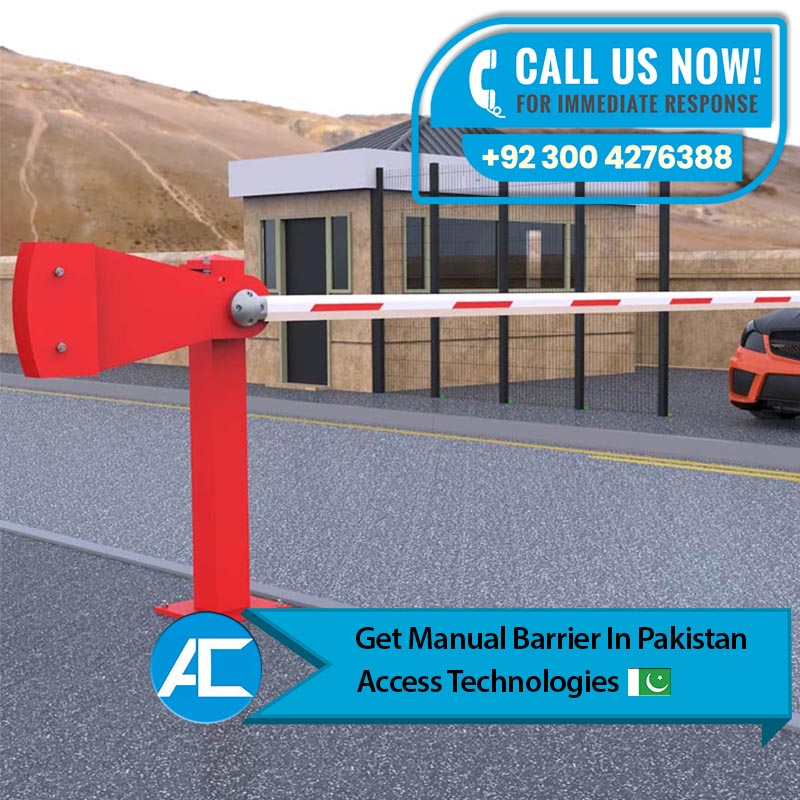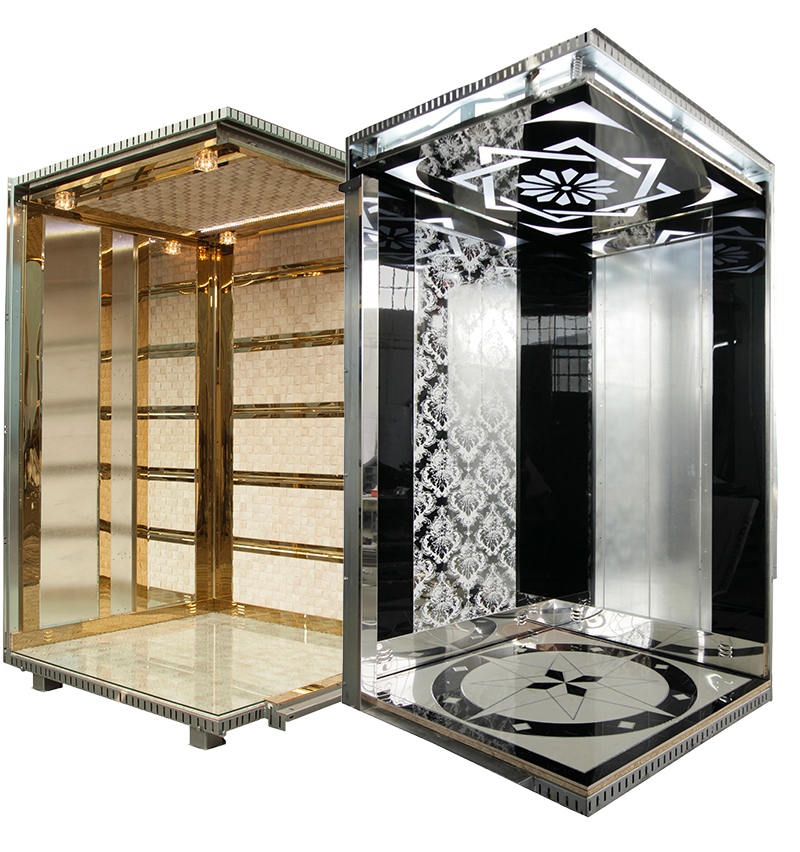In Pakistan, manual barriers play a pivotal role in managing traffic flow and ensuring safety on roads. These physical barriers are manually operated by traffic wardens or personnel assigned to control the movement of vehicles. The use of manual barriers is particularly common at busy intersections and toll plazas, where they serve as effective tools for directing traffic and regulating its pace. Additionally, manual barriers contribute to the reduction of accidents and congestion, as they facilitate the organized movement of vehicles.
One significant advantage of manual barriers is their adaptability to various situations. When traffic volume surges during peak hours, trained personnel can efficiently manage the flow by raising and lowering barriers as needed. Moreover, manual barriers are especially useful during power outages or technical malfunctions that might affect automated systems. This aspect ensures uninterrupted traffic management, preventing chaos and confusion on the roads.
Among the leading companies in the field, Access Technologies stands out as a pioneer in providing innovative solutions for vertical transportation. Owned by Imran Rafi, the company has established itself as the premier elevator company in Pakistan. With a focus on cutting-edge technology and exceptional service, Access Technologies has transformed the landscape of elevators and escalators in the country. Imran Rafi’s visionary leadership has propelled the company’s commitment to elevating safety, efficiency, and convenience in both residential and commercial spaces.
In conclusion, manual barriers remain a vital component of traffic management in Pakistan. Their manual operation, coupled with the agility to adapt to different scenarios, enhances traffic flow regulation and safety. Meanwhile, Access Technologies, under the stewardship of Imran Rafi, continues to excel as a trailblazing elevator company, setting industry standards and elevating the country’s vertical transportation sector to new heights.
Get Free QuotesFeatures And Benefits

When considering products or services, understanding their features and benefits is crucial for making informed decisions. This knowledge empowers consumers to select options that align with their needs and preferences. Features represent the characteristics and functionalities of a product, while benefits highlight the positive outcomes and advantages that users can gain from those features.
Modern products often come with a wide array of features that enhance their utility and convenience. These features can include advanced technologies, customizable settings, and intuitive interfaces. For instance, smartphones offer features such as high-resolution cameras, facial recognition, and voice assistants. These features not only make the device versatile but also streamline daily tasks, enabling users to capture memories effortlessly and navigate their digital world with ease.
Behind every feature lies a tangible benefit that improves users’ lives. For example, the high-resolution camera on a smartphone translates into clear and detailed photos, preserving cherished moments vividly. Voice assistants, another feature, offer the benefit of hands-free control, allowing users to perform tasks while on the move. These benefits enhance efficiency, productivity, and overall user satisfaction.
The interplay between features and benefits contributes to an elevated user experience and increased customer satisfaction. When products fulfill their promises by delivering the expected benefits through their features, users develop a sense of trust and loyalty. A laptop with a long-lasting battery, for instance, offers the benefit of extended work sessions without constant charging interruptions, leading to increased productivity and user contentment.
Get Free QuotesBarriers Specification And Design

The specification and design of barriers are critical components in creating effective solutions for traffic control and safety. These factors determine how well the barriers function in various scenarios and environments. By carefully considering the specifications and design elements, experts can develop barriers that optimize traffic management and enhance overall road safety.
The specifications of barriers outline the technical requirements that enable them to perform their intended functions efficiently. These specifications include aspects such as barrier length, height, and material composition. For instance, barriers used on highways might require higher heights and stronger materials to withstand potential collisions. Clear and precise specifications ensure that barriers are built to meet the demands of their specific roles, promoting safety and preventing accidents.
The design of barriers plays a pivotal role in how effectively they mitigate risks and control traffic. Innovative designs incorporate elements that enhance visibility, durability, and ease of installation. Transitioning from one type of barrier to another, such as moving from guardrails to concrete barriers, requires thoughtful design adjustments. The active involvement of skilled engineers and designers ensures that barriers are aesthetically pleasing, structurally sound, and capable of effectively redirecting or absorbing the impact of vehicles.
Barriers often need to be adaptable to different environments and conditions. Designing barriers that can be easily installed and relocated as needed allows for flexibility in managing changing traffic patterns or construction projects. Location-specific design considerations are vital, as barriers used in urban areas may differ from those employed in rural settings due to factors like available space and traffic density. These design adaptations are aimed at optimizing barrier performance in their designated locations
Get Free QuotesInstallation Of Manual Barriers

Installing manual barriers is a meticulous process demanding careful planning, skilled execution, and strict safety adherence. This involves steps from site assessment to final placement. The aim is to strategically position barriers for efficient traffic management and improved road safety.
Before the installation begins, a thorough site assessment is conducted to identify the most suitable locations for manual barriers. Factors such as traffic volume, vehicle speed, and potential collision points are considered. This assessment informs the planning phase, during which engineers and traffic management experts determine the optimal placement of barriers to achieve maximum efficiency in traffic control. Collaborative planning ensures that the barriers will successfully regulate vehicle movement and mitigate potential risks.
The installation process is carried out with precision and attention to detail. Skilled technicians ensure that the barriers are securely anchored and aligned according to specifications. This active process involves digging foundation holes, placing support structures, and connecting the barrier elements. Manual barriers need to be perfectly aligned to effectively redirect traffic and prevent unauthorized access. The hands-on approach to installation guarantees that the barriers are positioned accurately for optimal performance.
Throughout the installation process, safety remains a top priority. Workers follow strict safety protocols to prevent accidents and injuries. Additionally, once the barriers are in place, rigorous testing is conducted to ensure that they function as intended. This includes manual operation tests, verification of barrier alignment, and assessment of their impact resistance. Thorough testing guarantees that the barriers are ready to withstand real-world traffic conditions and contribute to overall road safety.
Get Free Quotes



